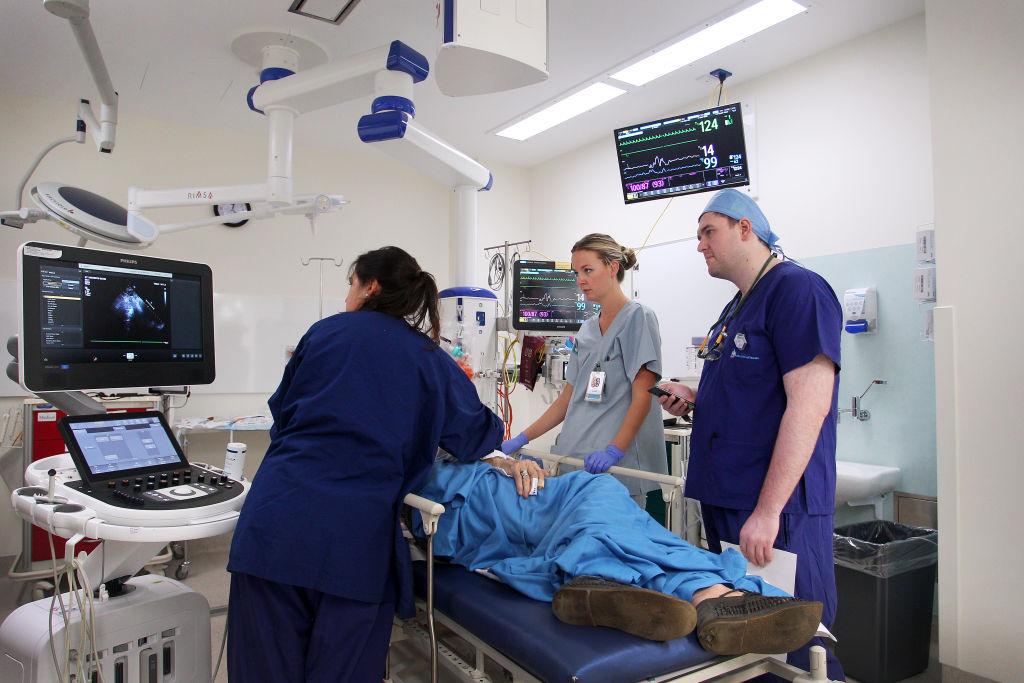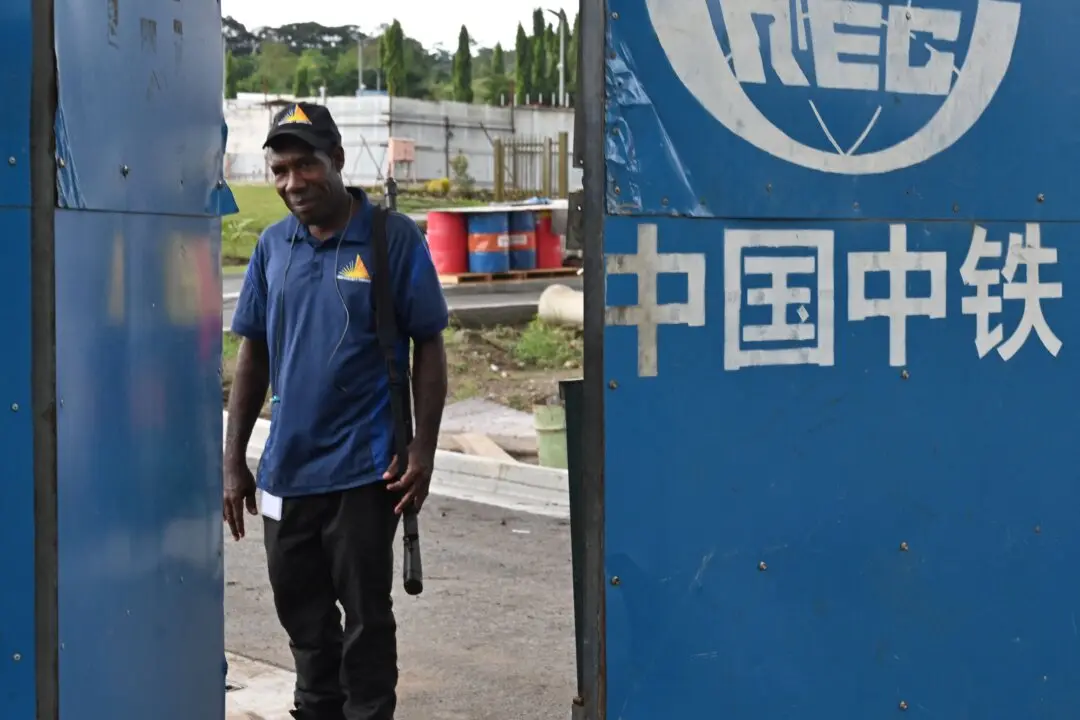Australians can expect longer wait times when they next visit hospital, even if they need urgent surgery, according to a new report card from Australia’s leading medical union.
Dr. Omar Khorshid, president of the Australian Medical Association (AMA), said that despite a drop in patient volumes during the COVID-19 pandemic, the hospital system’s performance did not improve.





